Tested with a modern APS-C sensor: some "normal" primes, plus...
This is the second part of my non-scientific test of the sharpness of a number of lenses. This second part covers corner sharpness, whereas the first part here covers centre sharpness.
For reference, I am providing the lenses list again: The lenses are:
- Yashica ML 50mm f/1.7
- Minolta MD 50mm f/1.4
- Minolta MD 50mm f/1.7
- Minolta MD 45mm f/2
- Pentax-A 50mm f/1.4
- Pentax-A 50mm f/1.7
- Canon FD 50mm f/1.4
- Canon FD 50mm f/1.8
- Canon FD 24mm f/2.8 -the intruder
- Fujinon 35mm R WR f/2 -a modern contender for the Fuji-X bajonet. Aspherical
Notice the Canon FD 24mm, that I threw in the mix just because it recently came into my possession. I don't expect it to compete against the normal primes, but let's just see what it can do...
This a very partial and limited test, for more about this take a look at the introduction in the first part.
What is important to stress here is that sensors are not films, there are differences. Consequently, modern lenses, at corners, may suffer a lot when put against sensors, especially since these digital things don't like oblique light rays, not at all.
Part II: corner sharpness
The aspherical correction of the Fuji 35mm puts the lens in a strong position against the competitors, but this is not the whole story.
I just anticipate here that the modern lens is crafted with sensors in mind, so, in order to remain compact and yet capable, a significant compromise has been accepted. Asphericity is great, but the Fuji has a problem, an awful one, that is not a problem in the digital world. That's the trick!
The legacy lenses have their stengths and flaws, but most of them sport a good performance and if you find any for a cheap price, you can pick it and have some fun. A couple of pieces I'd stay away from, though. Just read on...
By aperture
At f/1.4, the performance of the Canon FD 40/1.4 is amazing (and my test confirms what I see here), indeed. While the other two contenders strive to deliver some detail, you see how tha Canon, though very soft, can render some patten of the square no.3. Honestly, I didn't expect any lens of the bunch to resolve that kind of detail.
My beloved Minolta MD 50/1.4 is put to shame here, sigh!
At f/1.7-1.8-2 you can immediately spot the clarity of the modern Fuji-X lens, and this level of detail at full aperture is something to tell home about!
At the same time, the Fuji-X displays a relevant barrel distorsion, I'd say very pronounced for a 35mm.
In a way, this can be a design choice, and a winning one: since this kind of distorsion can easily be fixed via software, and considering that the Fuji cameras do this for you during the RAW-to-JPEG processing (I'm repeating myself, I know: JPEG from Fuji-X cameras are excellent), it is much better to offer a sacrifice there to the gods of optics, in return for the best sharpness.
The other lenses display very moderate to absent distorsion.
And though some may get almost there in terms of resolution (some pattern of squares no. 3 and maybe no. 2), namely the Canon FD 50/1.4, the Minolta MD 50mm/1.4 and (surprise, surprise!) the Pentax-A 50/1.4, none of them can even dream to match the micro-contrast of the Fuji piece.
At f/2.8 the Fuji-X is still the uncontested champion for resolution and still facing distorsion issues as well.
The contrast of the Canon FD 50/1.4 improves a lot while the Minolta MD 50mm/1.4 is very convincing; the latter is subjectively impressive, while the Pentax-A 50/1.4 seems to have lost its magic moment.
The Canon FD 24mm/2.8 enters the arena, and with a boom! It is very good, to an unexpected level.
Also worth a mention is the Minolta MD 45mm f/2: the corner is very soft, and yet details somewhat emerge. A good candidate for custom RAW processing, possibly to reveal more details.
At f/4 the performance of the Fuji is boring, first of the class, again?! Well, not exactly...
The best that it can do is to resove square no.2, but the Canon FD 50mm/1.4 can do a hair better, according to me, though with a smaller amount of contrast, and other lenses are there or almost there.
Even the Canon FD 50mm/1.8, that is not a worthy contender in this test, and the other loser, the Yashica ML 50mm/1.7, have something to say, but it is the Minolta MD 45mm/2 and the Minolta MD 50mm/1.4 who really can resolve the pattern of square no.2, though not clearly.
A pattern clearly has emerged: while in terms of resolution the Fuji-X is usually but not always on par or better than the others, two factors make its output look better: its contrast and its lack of chromatic aberration.
With a slight correction, for instance, the Minolta MD 50/1.4 would improve, as it's testified by the yellow line and the blue one that appear on the opposite sides of the rectangle in the middle part of the crop.
At f/5.6 I'd give my respect to the Fuji-X, the two Canon 50mm and the Minolta MD 50/1.4 and 45/2. The Pentax-A 50mm f/1.7 is not a slouch, either. It's a good lens though it's not making the hall of fame here.
At f/8, the same applies, though I'd discard the Minolta 45/2 and the Fuji is just a bit less impressive.
Sparse observations and conclusion
First consideration: the Fuji-X 35/2, the Canon 24/2.8 don't qualify as portrait lens, but I've kept them for the sake of comparison. Also the Minolta MD 45/2 hardly would be suitable: on APS-C, 50mm (75mm equivalent) is more or less the bare minimum for the job.
That said, if you don't mind about the strong barrel effect of the Fuji-X 35mm and only care for absolute sharpness, this is the winner, maybe surpassed, just by a hair, by the Canon FD 50/1.4 and the Minolta MD 50/1.4 for absolute sharpness in the best case scenario. But this is for sharpness, from portrait distance and in a very controlled environment.
Add its autofocus capabilities and superior contrast plus the absence of fringing, the Fuji-X wins. Again, if you don't mind the distorsion, that needs one more correction step in your editing flow. At times this can be annoying if you don't have software tools that know about the lens.
Second overall is the Canon FD 50mm f/1.4 and third the Minolta MD 50mm f/1.4.
But don't get me wrong: these are all very good items; the only ones that I'd sell right now are the Minolta MD 50mm f/1.7, really sub-par, and the Yashica ML 50mm f/1.7, because it's not very consistent and I don't like much some shots that I took outdoor with it.
To really pick one for portraits, also a check on bokeh is required. We'll see...
The crops
The images contain unresized crops from the photos, taken at one corner.
All manual lenses has been tested twice for each aperture (refocusing each time).
So, for each aperture, I picked the best crop for the centre (read part one) and the best one of the four corners as well (in this page).
|
aperture: f/1.4 Just a few lenses here sport f/1.4. This is not a very usable aperture, even at centre; most ofter corner performance is abysmal. And indeed... |
||
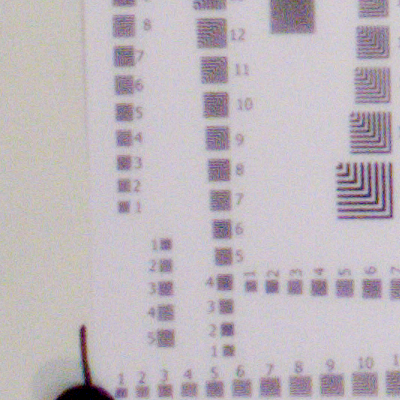 Canon 50mm/1.4 at f/1.4, best corner |
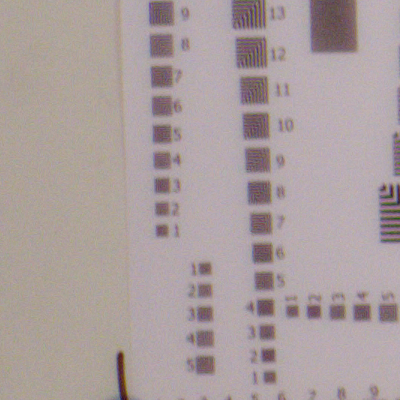 Minolta 50mm/1.4 at f/1.4, best corner |
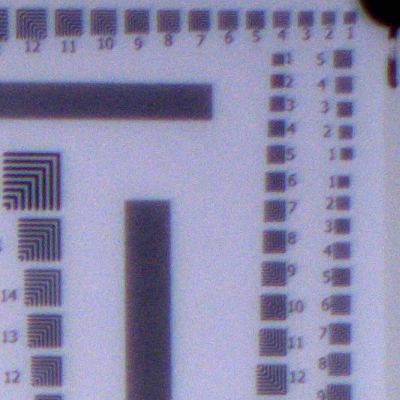 Pentax-A 50mm/1.4 at f/1.4, best corner |
| aperture: f/1.7-1.8-2 | ||
| For convenience, I am put together these three apertures, but beware, f/2 can be much better than the other two, so the comparison may be unfair |
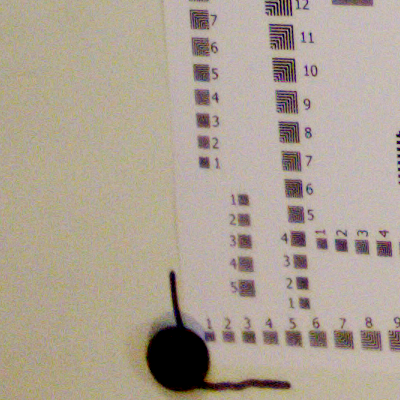 Fuji-X 35mm/2 at f/2, best corner |
|
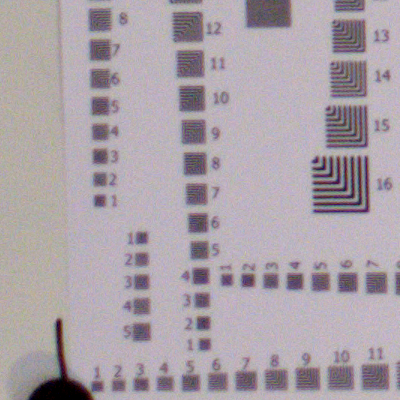 Canon 50mm/1.4 at f/2, best corner |
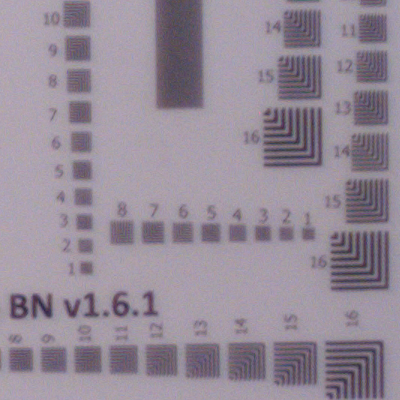 Canon 50mm/1.8 at f/1.8, best corner |
nada! |
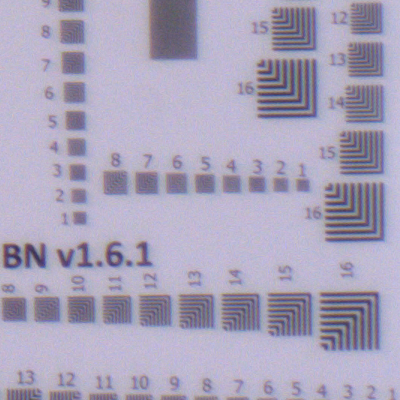 Minolta 45mm/2 at f/2, best corner |
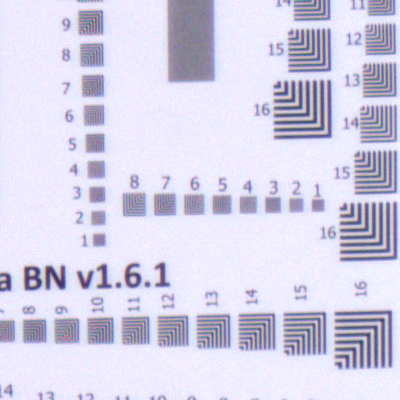 Minolta 50mm/1.4 at f/2, best corner |
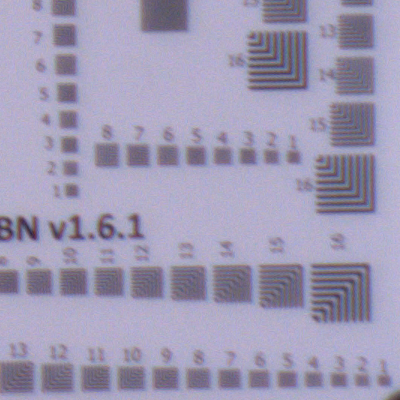 Minolta 50mm/1.7 at f/1.7, best corner |
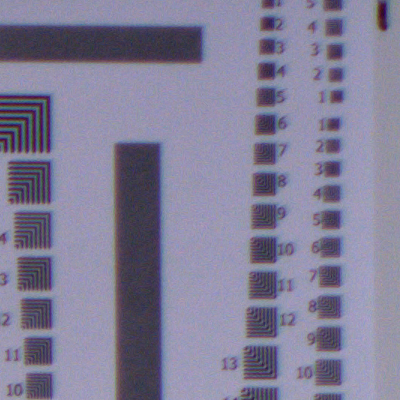 Pentax-A 50/1.4 af f/2, best corner |
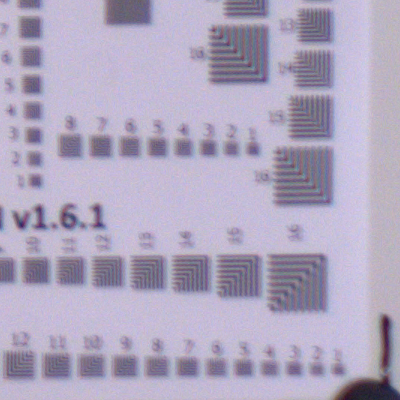 Pentax-A 50/1.7 af f/1.7, best corner |
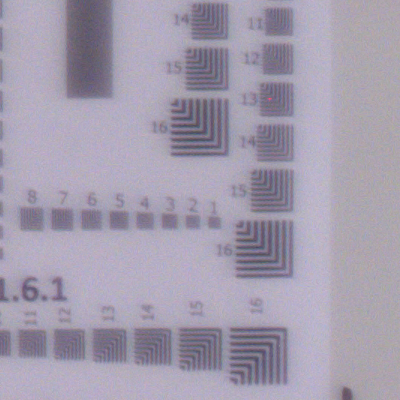 Yashica 50/1.7 af f/1.7, best corner |
| aperture: f/2.8 | ||
| with my Fuji-X XT20, f/2.8 is a sort of magic aperture: good lenses behave well here, and f/2.8 allows me to shoot in theaters with low light most of the times. Close the blades, and the time becomes too long and the actors' bodies will show movement trails; open the blades, and the depth of field becomes too shallow, plus the sharpness suffers too much |
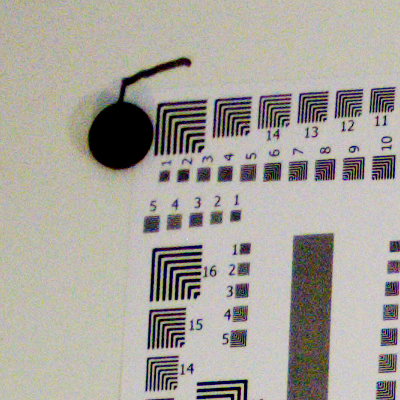 Fuji-X 35mm/2 at f/2.8, best corner |
|
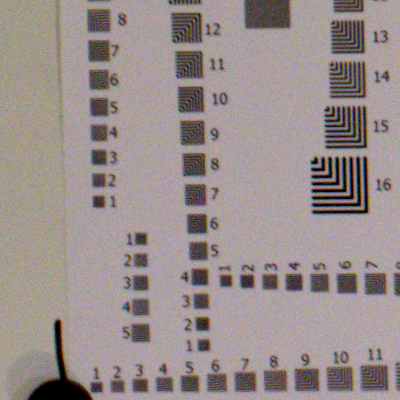 Canon 50mm/1.4 at f/2.8, best corner |
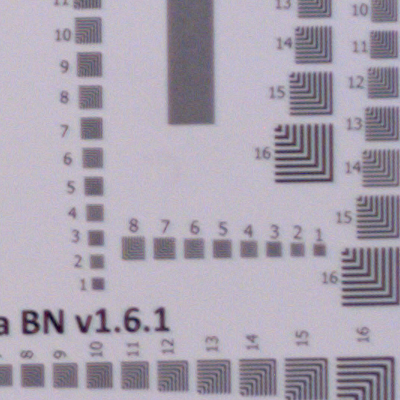 Canon 50mm/1.8 at f/2.8, best corner |
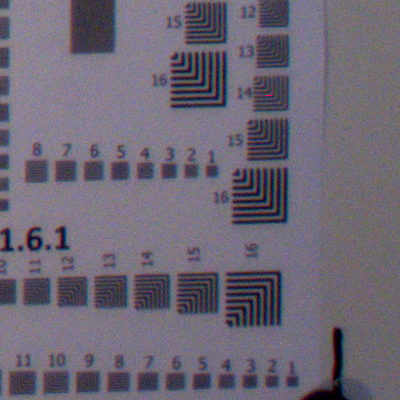 Canon 24mm/2.8 at f/2.8, best corner |
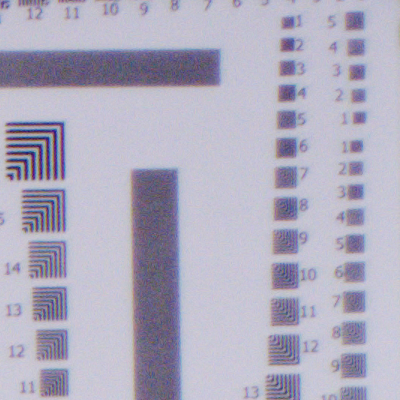 Minolta 45mm/2 at f/2.8, best corner |
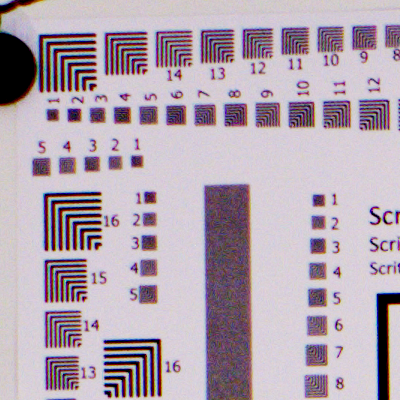 Minolta 50mm/1.4 at f/2.8, best corner |
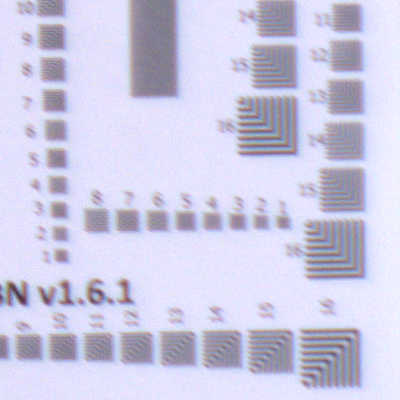 Minolta 50mm/1.7 at f/2.8, best corner |
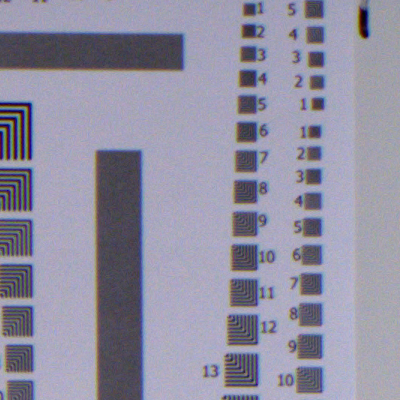 Pentax-A 50/1.4 af f/2.8, best corner |
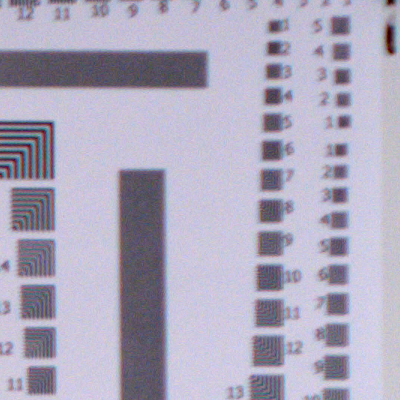 Pentax-A 50/1.7 af f/2.8, best corner |
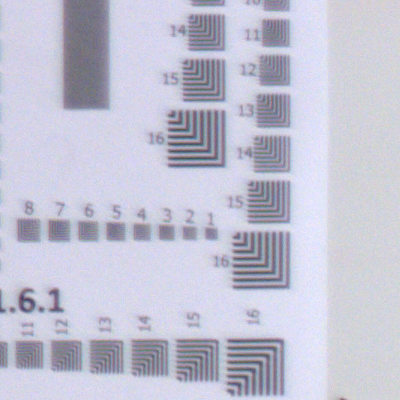 Yashica 50/1.7 af f/2.8, best corner |
| aperture: f/4 | ||
| especially with modern lenses, you may want to check at f/4 for the best sharpness, sometimes, you don't need f/4 |
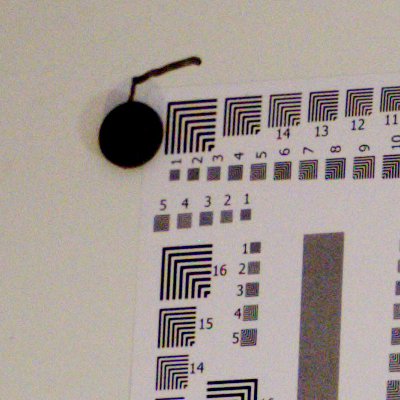 Fuji-X 35mm/2 at f/4, best corner |
|
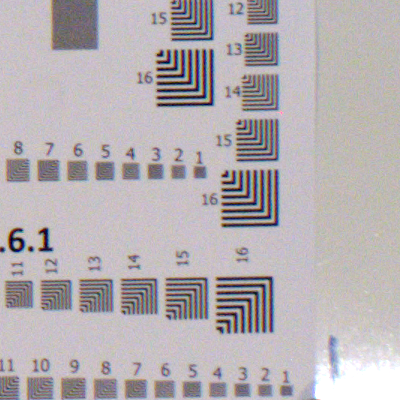 Canon 50mm/1.4 at f/4, best corner |
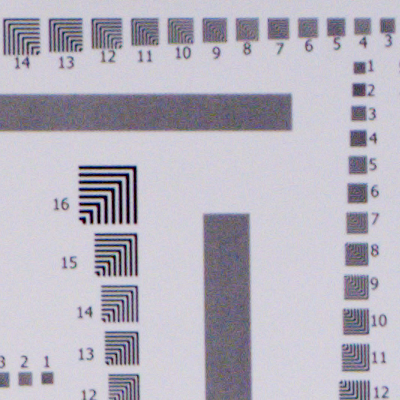 Canon 50mm/1.8 at f/4, best corner |
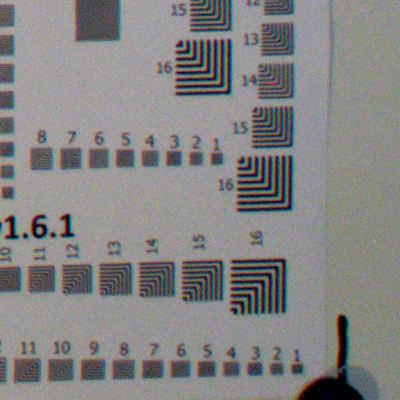 Canon 24mm/2.8 at f/4, best corner |
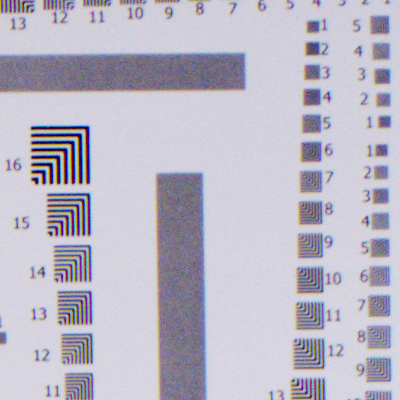 Minolta MD 45mm/2 f/2, best corner |
 Minolta MD 50mm/1.4 f/4, best corner |
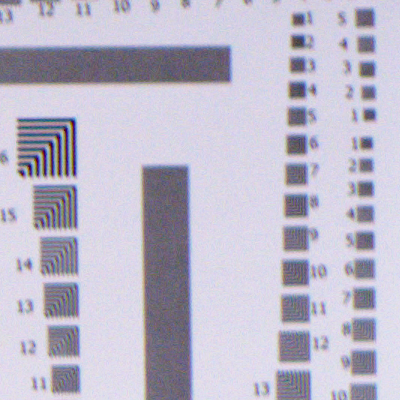 Minolta MD 50mm/1.7 f/4, best corner |
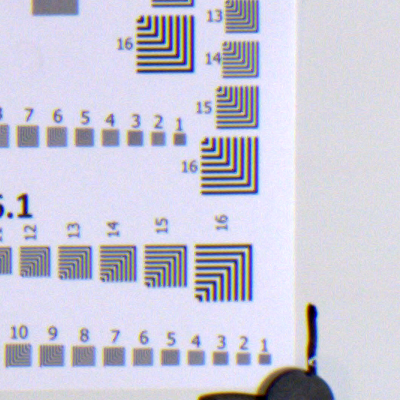 Pentax-A 50mm/1.4 at f/4, best corner |
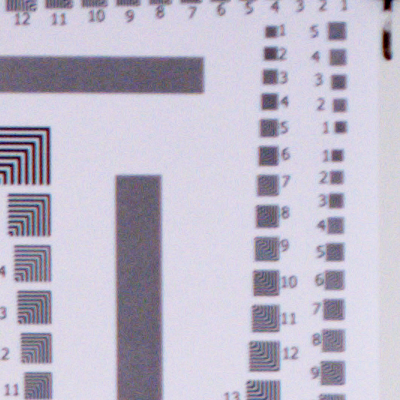 Pentax-A 50mm/1.7 at f/4, best corner |
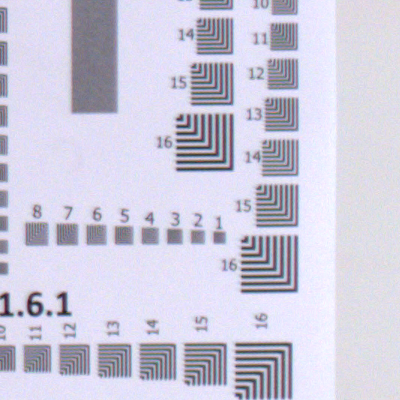 Yashica ML 50mm/1.7 at f/4, best corner |
| aperture: f/5.6 | ||
| most lenses perform the best between f/5.6 and f/8, though some modern ones deliver the best already at f/4 |
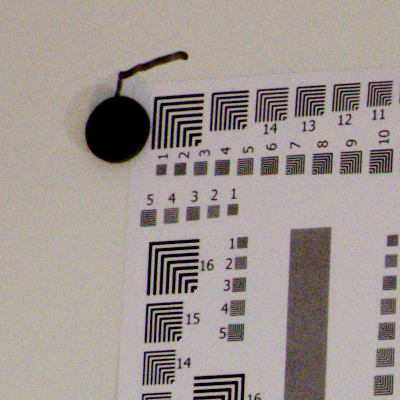 Fuji-X 35mm/2 at f/5.6, best corner |
|
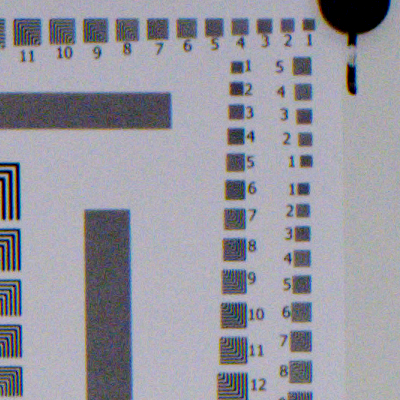 Canon FD 50mm/1.4 at f/5.6, best corner |
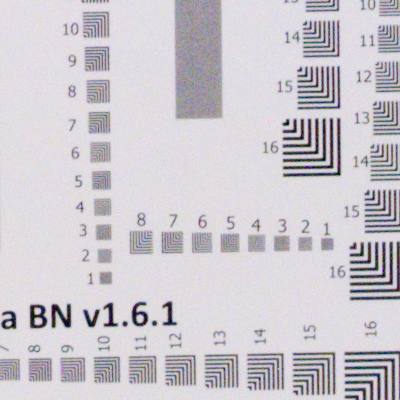 Canon FD 50mm/1.8 at f/5.6, best corner |
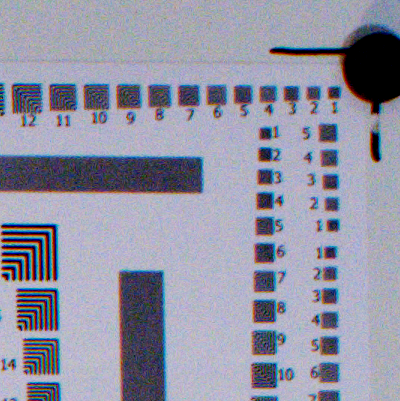 Canon FD 24mm/2.8 at f/5.6, best corner |
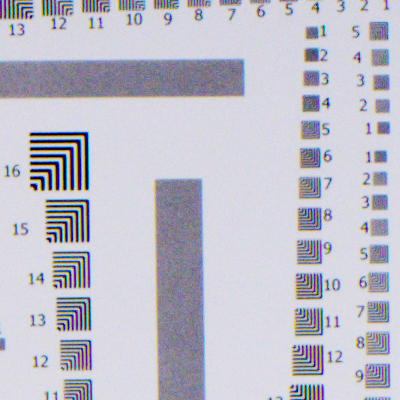 Minolta MD 45mm/2 at f/5.6, best corner |
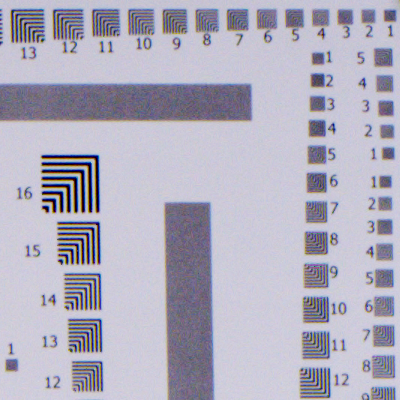 Minolta MD 50mm/1.4 at f/5.6, best corner |
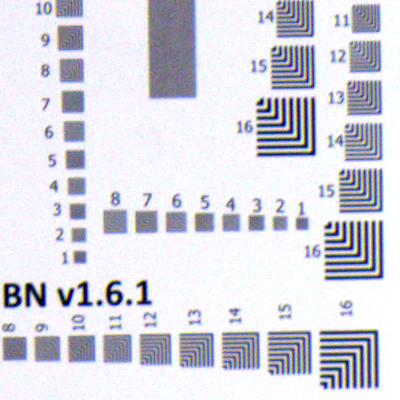 Minolta MD 50mm/1.7 at f/5.6, best corner |
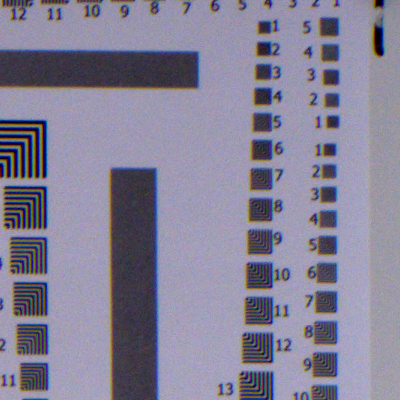 Pentax-A 50mm/1.4 at f/5.6, best corner |
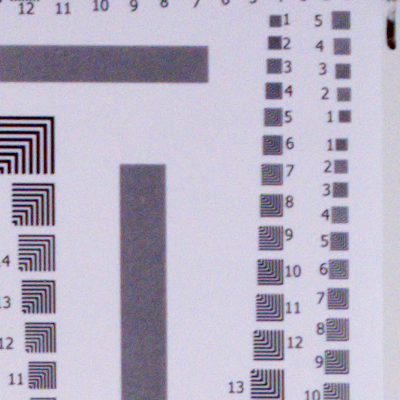 Pentax-A 50mm/1.7 at f/5.6, best corner |
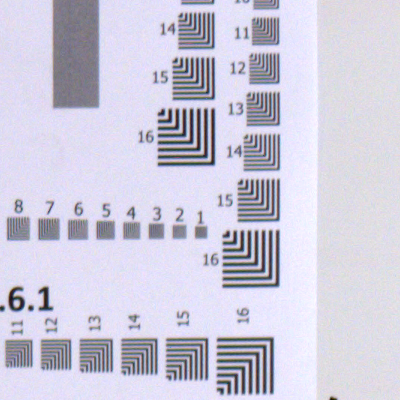 Yashica ML 50mm/1.7 at f/5.6, best corner |
| aperture: f/8 | ||
| you can't go wrong at f/8, right? Wrong... With some lenses, diffraction may kick in |
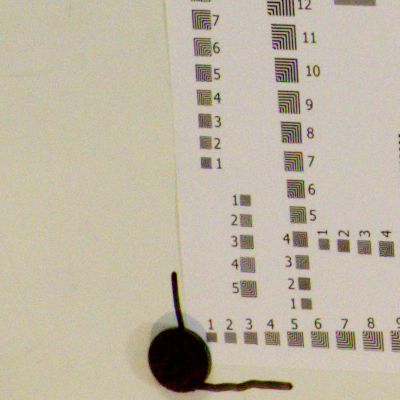 Fuji-X 35mm/2 at f/8, best corner |
|
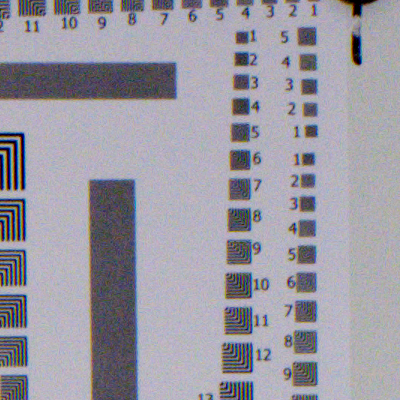 Canon FD 50mm/1.4 at f/8, best corner |
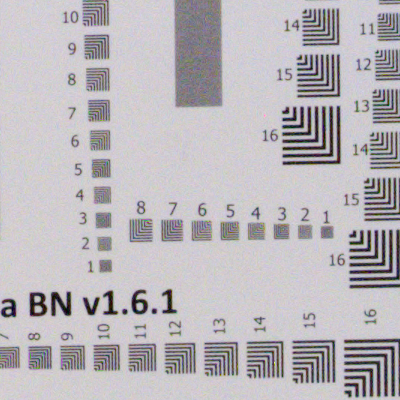 Canon FD 50mm/1.8 at f/8, best corner |
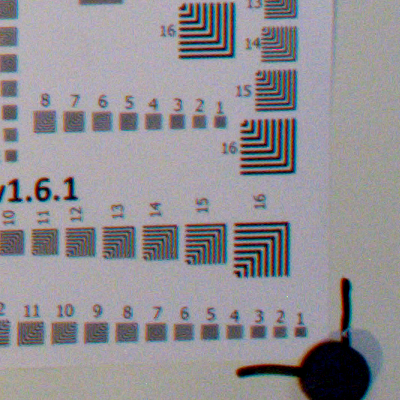 Canon FD 24mm/2.8 at f/8, best corner |
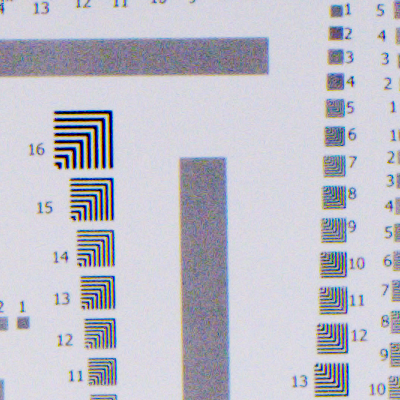 Minolta MD 45mm/2 at f/8, best corner |
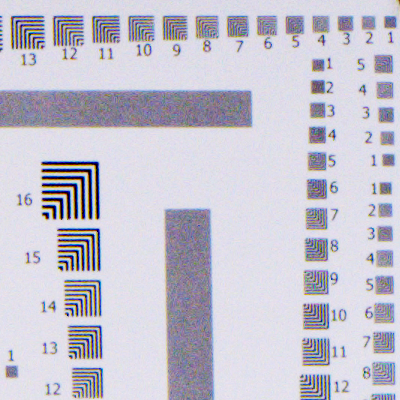 Minolta MD 50mm/1.4 at f/8, best corner |
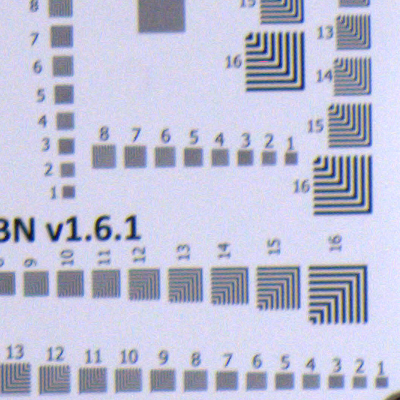 Minolta MD 50mm/1.7 at f/8, best corner |
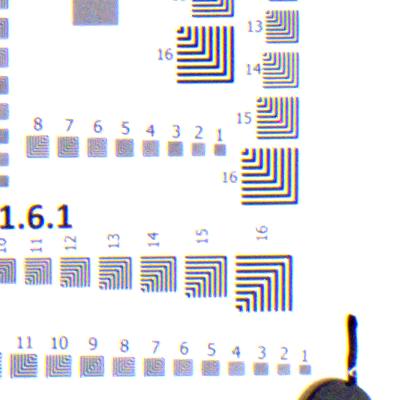 Pentax-A 50mm/1.4 at f/8, best corner |
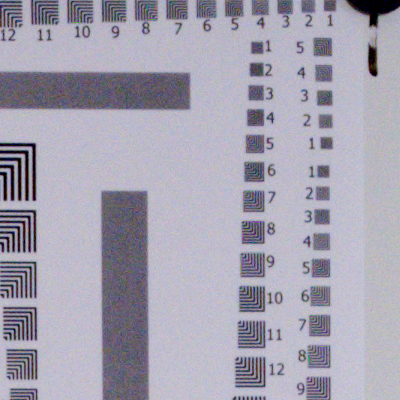 Pentax-A 50mm/1.7 at f/8, best corner |
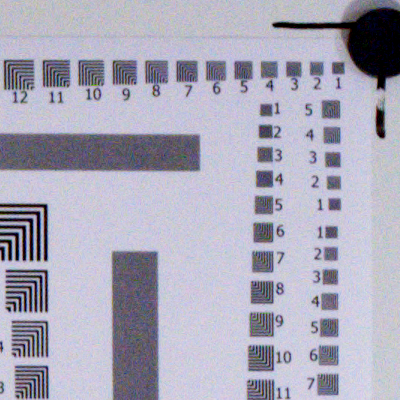 Yashica ML 50mm/1.7 at f/8, best corner |
| Back to the site index | ||
| Do you love Italy? Check my little site, I hope to find the time to make it grow! | ||